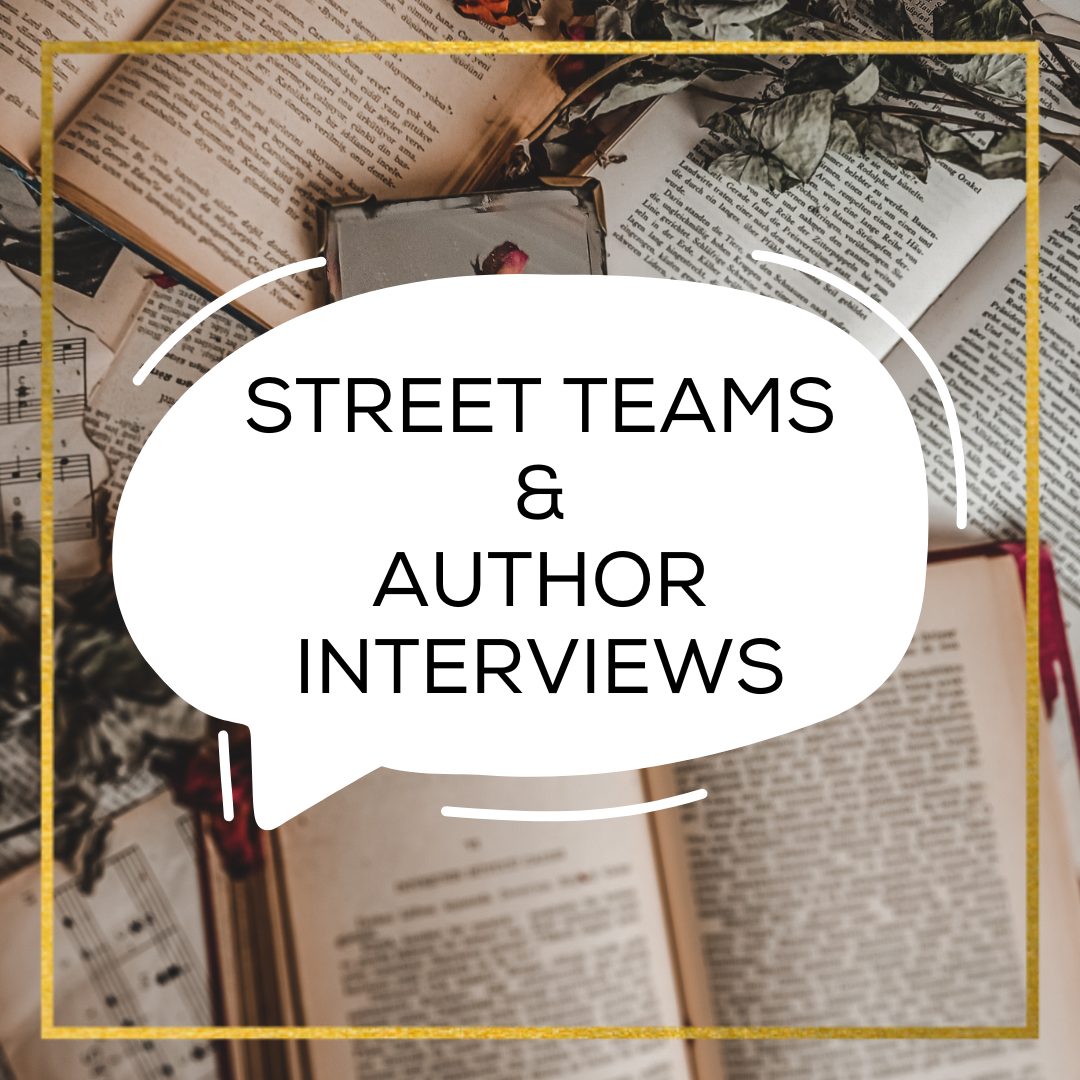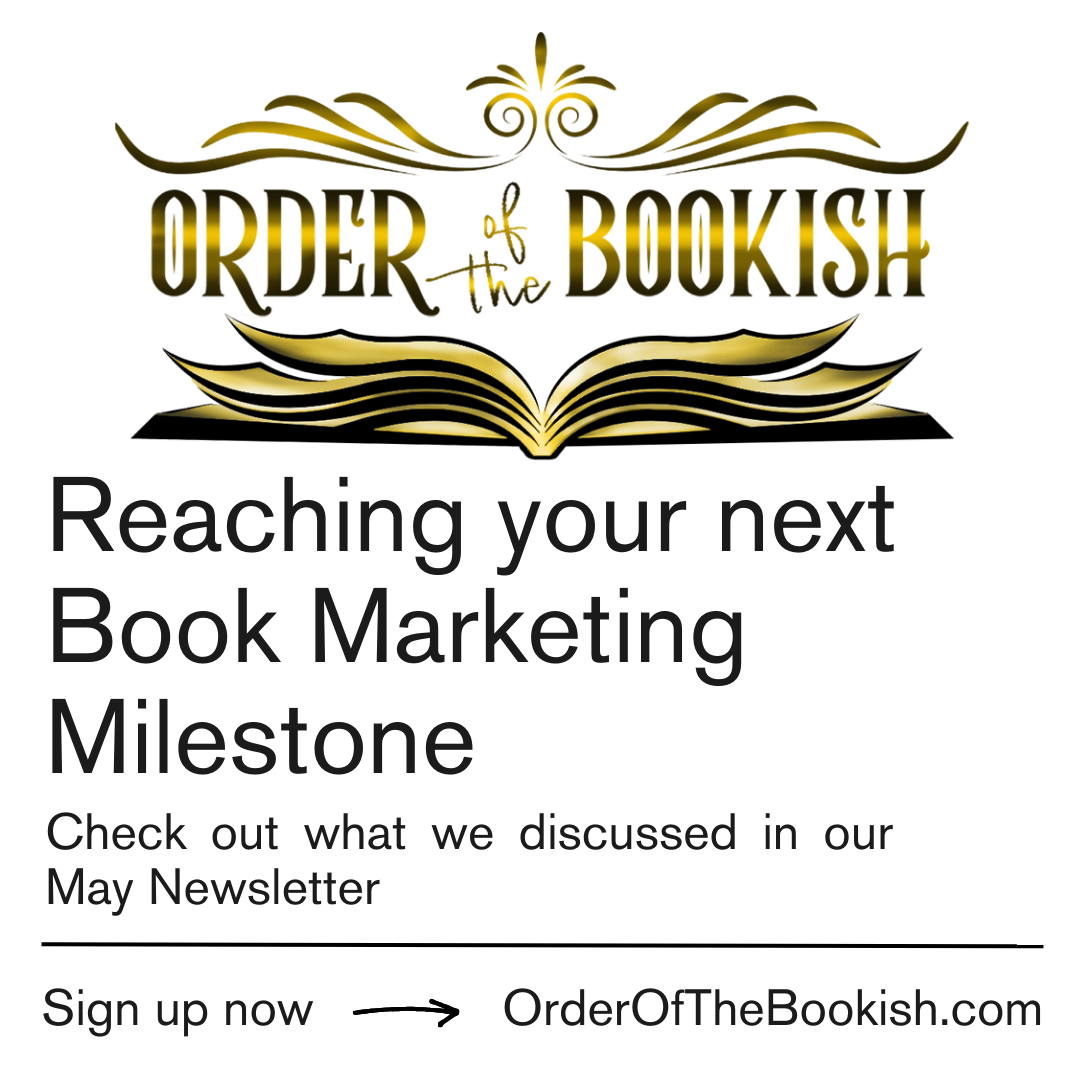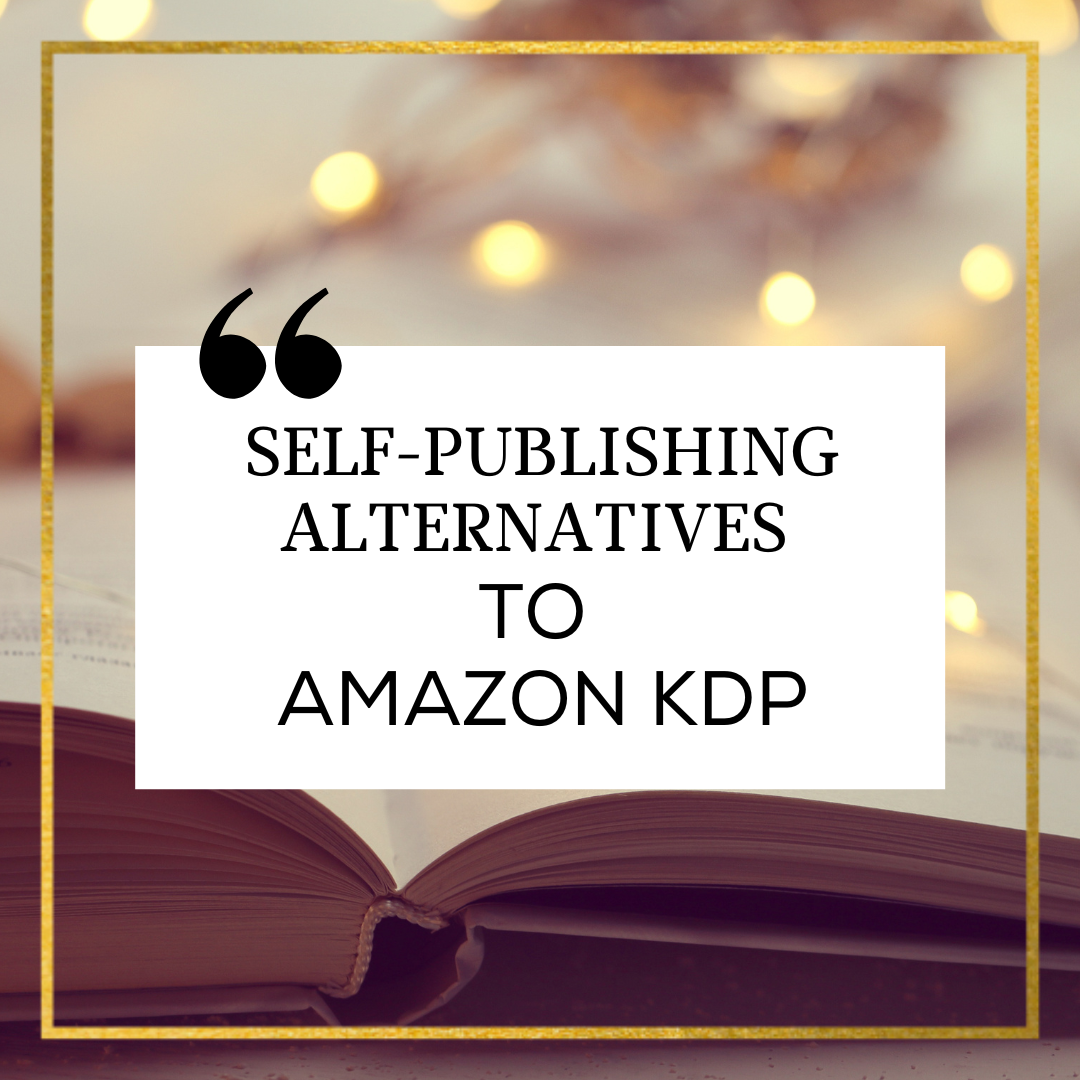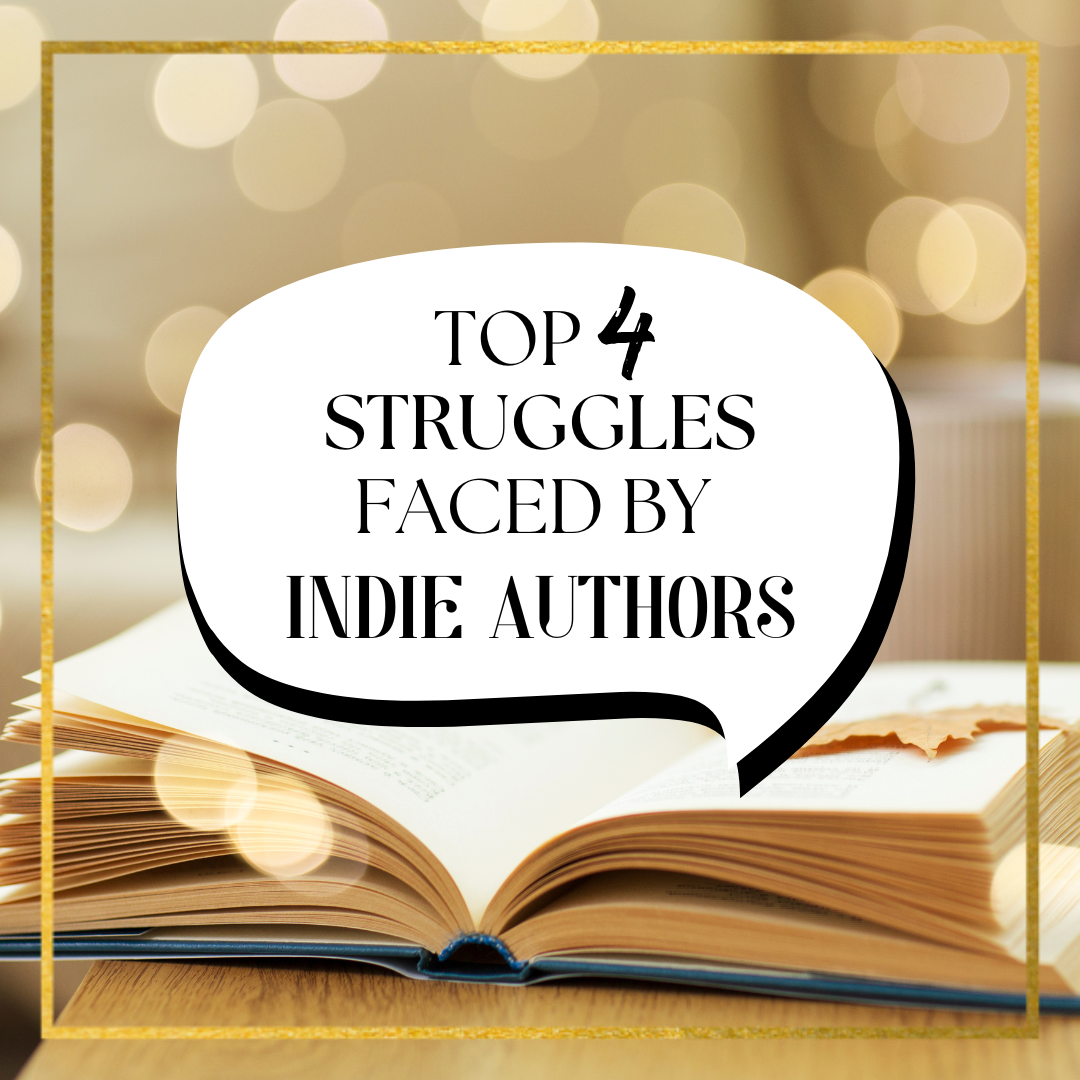
Book Pirate Sites are Hurting Self-Published Authors
Book Piracy
Book piracy is an ongoing issue that significantly affects self-published authors. With the advent of digital publishing, it has become easier for pirates to distribute unauthorized copies of books online. This not only deprives authors of their rightful earnings but also undermines the value of their hard work. Let’s delve deeper into the different aspects of book piracy, how it affects both authors and readers, and what can be done to mitigate its impact.
What is Book Piracy?
Book piracy involves the unauthorized copying and distribution of books, typically in digital formats. These pirated copies are often available for free on various websites and forums, attracting readers who may not realize or care about the harm they are causing.
The Impact on Authors
For self-published authors, who often rely heavily on sales to make a living, book piracy can be devastating. Each pirated download represents a potential lost sale. Unlike traditionally published authors who may receive advances and have broader distribution channels, self-published authors frequently operate on tight budgets and depend on every sale to sustain their writing careers.
The Financial Strain
Self-published authors typically bear all the costs associated with producing a book, including editing, cover design, marketing, and distribution. These expenses can add up quickly, and without the safety net of an advance or a guaranteed paycheck, every sale becomes crucial. When a reader chooses to download a pirated copy instead of purchasing the book, it directly impacts the author’s ability to recoup their investment and make a profit.
The Emotional Toll
Beyond the financial implications, piracy can also take an emotional toll on self-published authors. Many writers put their heart and soul into their work, and seeing it stolen and distributed without consent can be disheartening. This emotional strain can lead to burnout and, in some cases, deter authors from continuing their writing journey.
The Challenge of Marketing and Distribution
Traditionally published authors benefit from the marketing and distribution channels provided by their publishers. They often have access to professional publicists, wider distribution networks, and established readerships. In contrast, self-published authors must build their brand and audience from the ground up. This task is made even more difficult when their potential sales are siphoned off by piracy.
Limited Resources and Support
Self-published authors often lack the resources and support systems that traditionally published authors have. They do not have legal teams or industry connections to help combat piracy effectively. This lack of support makes it even more challenging for self-published authors to take action against infringers and protect their intellectual property.
The Reader’s Perspective
As an author, it’s important to understand the motivations behind why some readers turn to pirated books. Often, readers do not engage in piracy with malicious intent. Their reasons can be varied and complex, and gaining insight into these motivations can help authors address the root causes and find ways to mitigate the impact on their work.
Financial Constraints
One of the most common reasons readers turn to pirated books is financial constraints. Not everyone can afford to buy every book they want to read. For some, the cost of books, especially in large quantities, is simply out of reach. This is particularly true for students, individuals on fixed incomes, or those in regions where books are priced prohibitively high relative to local income levels.
Accessibility Issues
Another significant factor is accessibility. In some countries, certain books may not be available due to regional restrictions or a lack of distribution channels. Even in more accessible markets, a book might be out of print or not available in a preferred format (e.g., audiobooks or eBooks).
Convenience and Instant Gratification
The digital age has fostered a culture of instant gratification, where people expect immediate access to content. Piracy offers a quick and easy way to get hold of books without waiting for shipping or dealing with the limitations of library loan periods.
Lack of Awareness
Many readers might not fully understand the impact of piracy on authors. They may see it as a victimless crime or not realize the financial and emotional toll it takes on writers. Educating readers about these effects can help shift their perspective.
By understanding the reasons behind book piracy, authors can take proactive steps to mitigate its effects and foster a supportive community of readers who value and respect their work.
Reddit Piracy Books
The Role of Reddit in Book Piracy
Reddit, a popular online forum, has several subreddits dedicated to sharing pirated books. These communities provide links to download illegal copies of eBooks, making it easy for readers to access stolen content. While Reddit’s policies prohibit such activities, enforcement can be challenging.
How Authors Can Combat Reddit Piracy
Authors can take proactive steps to protect their work on platforms like Reddit. Regularly monitoring relevant subreddits and reporting illegal posts to Reddit administrators can help curb the spread of pirated books. Additionally, engaging with readers and raising awareness about the detrimental effects of piracy can foster a more ethical community.
Pirated Books Online
Popular Platforms for Pirated Books
Numerous websites host pirated books, often masquerading as legitimate eBook platforms. These sites provide free downloads or offer access to large libraries for a nominal fee, luring in unsuspecting readers.
Legal Actions and Enforcement
Authors and publishers can take legal actions against websites that distribute pirated content. Filing DMCA (Digital Millennium Copyright Act) takedown notices is a common strategy. However, this process can be time-consuming and often results in a game of whack-a-mole, as new sites emerge to replace those that are shut down.
Pirated Audiobooks
The Rise of Audiobook Piracy
With the growing popularity of audiobooks, piracy has extended to this format as well. Pirated audiobooks are often shared on torrent sites and various forums, depriving authors and narrators of their earnings.
Combating Audiobook Piracy
Authors can protect their audiobooks by using watermarks and other digital rights management (DRM) tools. Collaborating with legitimate audiobook platforms that offer strong anti-piracy measures can also help reduce the prevalence of pirated copies.
Amazon Kindle Pirated Books
The Issue with Amazon Kindle
Amazon’s Kindle platform is not immune to piracy. Unauthorized copies of eBooks can sometimes be found on the Kindle store, uploaded by individuals who do not have the rights to sell them.
Protecting Your Work on Kindle
Authors should regularly check the Kindle store for unauthorized copies of their books and report any infringements to Amazon. Using Amazon’s KDP (Kindle Direct Publishing) Select program, which offers exclusive distribution, can provide additional protections and promotional opportunities.
How to Protect Your Book Against Piracy
Use DRM (Digital Rights Management)
What is DRM?
Digital Rights Management (DRM) is a technology used to control how digital content is used and distributed. In the context of eBooks, DRM can prevent unauthorized copying, sharing, and distribution of your work. This technology essentially locks the content, making it accessible only to users who have legally obtained it.
How DRM Works
Encryption: DRM encrypts the eBook file, making it readable only by authorized software or devices.
Licensing: When a reader purchases an eBook, they receive a license to access the content. This license is tied to their specific account or device.Access Control: DRM controls what users can do with the eBook. For instance, it can restrict copying, printing, or sharing the file.
Pros of Implementing DRM
Protection Against Casual Piracy: DRM can deter casual pirates who might otherwise copy and distribute your eBook without much effort. It adds a barrier that makes unauthorized distribution more challenging.
Control Over Distribution: DRM allows you to maintain control over how your eBook is distributed and accessed. This can help ensure that only paying customers can read your work.
Increased Perceived Value: By protecting your eBook with DRM, you signal to readers that your work is valuable and worth protecting. This can enhance the perceived value of your book.
Cons of Implementing DRM
User Inconvenience: DRM can sometimes frustrate legitimate customers by limiting their ability to transfer eBooks between devices or share with friends. This inconvenience can lead to negative reviews or reduced sales.
False Sense of Security: DRM is not foolproof. Determined pirates can still find ways to bypass DRM protections. Thus, it should not be relied upon as the sole method of protecting your work.
Cost and Complexity: Implementing DRM can add to the cost and complexity of publishing your eBook. You may need to use specific platforms or services that support DRM, which can complicate the publishing process.
How to Implement DRM
Choose the Right Platform: Many eBook platforms, such as Amazon Kindle Direct Publishing (KDP), offer built-in DRM options. When you publish your book, you can opt to enable DRM.
Use Specialized Services: If you are distributing your eBook through multiple channels, you might consider using specialized DRM services that can manage protection across different platforms.
Inform Your Readers: Make sure to inform your readers about the presence of DRM in your eBook. Transparency can help manage their expectations and reduce frustration.
Tips for Effective DRM Use
Combine with Other Strategies: Use DRM in conjunction with other anti-piracy strategies, such as watermarks and regular monitoring of piracy websites. A multi-layered approach provides better protection.
Educate Your Audience: Explain to your readers why DRM is necessary. Many readers are willing to support authors by respecting DRM if they understand its importance in protecting the author’s livelihood.
Monitor and Adapt: Keep an eye on the effectiveness of your DRM implementation. Be prepared to make adjustments if you notice that your eBook is still being pirated despite the DRM.
Watermarking
Adding a watermark to your eBooks can be a highly effective strategy in the fight against book piracy. This technique involves embedding a unique, often invisible, identifier within the digital file, which can help trace the source of pirated copies. Here’s how watermarks work, their benefits, and how to implement them in your eBooks.
How Watermarks Work
Watermarks can be either visible or invisible:
- Visible Watermarks: These are typically text or logos placed in the background or footer of each page. While they are noticeable to readers, they don’t interfere with the readability of the content.
- Invisible Watermarks: These are embedded within the metadata or code of the eBook. They don’t affect the appearance of the book but can be detected using specific software tools.
Both types serve the purpose of marking the eBook with a unique identifier that can be traced back to the original purchaser or the source of the file. This can be particularly useful if pirated copies are found online, as it provides evidence of where the leak may have originated.
Implementing Watermarks
Here are steps and resources to help you implement watermarks in your eBooks:
- Choose a Watermarking Service: Several companies offer digital watermarking services tailored for eBooks. Some popular ones include:
- Digimarc: Provides invisible watermarking solutions that can be embedded into various types of digital content.
- EditionGuard: Offers DRM and watermarking services specifically for self-published authors and small publishers.
- MyIdentifiers: From Bowker, this service can include unique identifiers that serve as watermarks.
- Embed the Watermark: Depending on the service you choose, the watermark can be added during the eBook creation process or after the eBook is complete. Follow the specific instructions provided by your chosen service.
- Test the Watermark: Before distributing your eBook, ensure the watermark is correctly embedded and functioning. Use the tools provided by the watermarking service to verify that it can be detected and traced.
- Monitor for Piracy: Regularly search for unauthorized copies of your eBook using online piracy detection tools. If pirated copies are found, use the watermark to trace the source and take appropriate action.
Regular Monitoring
In the digital age, where content is easily shared and distributed, it is crucial for authors to be vigilant about protecting their intellectual property. Consistently monitoring the internet for unauthorized copies of your work can help mitigate the impact of book piracy. Here’s how you can effectively keep an eye on your content:
Tools for Monitoring
- Google Alerts:
- Setup: Create Google Alerts for your book titles, your name, and key phrases from your book. This free tool sends you email notifications whenever new content matching your alert criteria appears online.
- Usage: Regularly review the alerts to identify any unauthorized copies or suspicious links.
- Piracy Monitoring Services:
- Specialized Tools: Consider investing in services that specialize in monitoring and combating digital piracy. These tools can provide more comprehensive coverage and automatic takedown notices.
- Popular Services:
- Blasty: Automatically scans the internet for unauthorized copies and sends takedown requests.
- Piracy Trace: Monitors piracy websites and tracks unauthorized downloads of your content.
- DMCA.com: Offers a range of services, including monitoring and takedown notices.
- Social Media Monitoring:
- Manual Searches: Regularly search social media platforms for mentions of your book title and unauthorized sharing.
- Monitoring Tools: Utilize social media monitoring tools like Hootsuite or Mention to track discussions and potential piracy of your work on various platforms.
- Web Crawlers:
- Automated Tools: Use web crawlers or bots that can search through the internet for specific content. These tools can help identify pirated copies spread across different websites.
Benefits of Consistent Monitoring
- Early Detection: Regular monitoring helps you catch unauthorized copies early, minimizing the potential financial and reputational damage.
- Proactive Action: Early detection allows you to take swift action, such as issuing takedown requests or contacting the site owners to remove the pirated content.
Legal Evidence: Consistent monitoring provides documented evidence of infringement, which can be crucial if you decide to pursue legal action against the pirates.
Raise Awareness Among Your Readers About the Impact of Piracy on Authors
Raising awareness among your readers about the detrimental impact of book piracy is crucial. Many readers may not understand how piracy affects authors financially and emotionally. By educating them, you can foster a community of support that values and respects the hard work that goes into creating a book. Here are some strategies to help raise awareness:
Offer Advanced Reader Copies (ARCs)
- Encourage Legitimate Reviews:
- What are ARCs?: Advanced Reader Copies (ARCs) are pre-release versions of your book that you provide to a select group of readers in exchange for honest reviews.
- Boost Reviews: Offering ARCs encourages readers to leave reviews on platforms like Amazon, Goodreads, and their blogs, which helps boost your book’s visibility and credibility.
- Fight Against Piracy: Readers who receive ARCs are less likely to seek pirated copies, as they get the book for free legally. This reduces the incentive to pirate books just to save money.
- Educate About ARCs:
- Lack of Awareness: Many readers might not know that ARCs are available. Educating them about ARCs can reduce the appeal of pirated books.
- How to Offer ARCs: Use platforms like NetGalley, BookFunnel, or even direct email lists to distribute ARCs. Make it easy for readers to sign up and receive these copies.
Create a Supportive Community
- Highlight the Impact of Piracy:
- Financial Impact: Explain how piracy directly affects your income as an author. Share personal stories or statistics about the broader impact on the publishing industry.
- Emotional Toll: Discuss the emotional toll that piracy can have on authors, including feelings of discouragement and lack of motivation to continue writing.
- Encourage Legitimate Purchases:
- Foster Support: Encourage readers to support authors by purchasing legitimate copies of books. Highlight how their support helps authors continue creating new works.
- Community Engagement: Engage with your readers through social media, newsletters, and forums. Build a community where readers feel connected to you and understand the importance of supporting your work.
Practical Steps to Educate Readers
- Use Social Media:
- Regular Posts: Create regular social media posts about the impact of piracy and the importance of supporting authors through legitimate purchases.
- Educational Content: Share infographics, videos, and articles that educate readers about piracy and its effects.
- Newsletter Campaigns:
- Informative Emails: Include information about book piracy and its impact in your email newsletters. Encourage readers to spread the word and support authors.
- ARC Announcements: Announce ARC opportunities in your newsletters to inform readers about how they can get free, legitimate copies of your books.
- Author Website:
- Dedicated Page: Create a dedicated page on your author website that discusses the impact of piracy and provides resources for readers to purchase legitimate copies.
- Links to Purchase: Include clear links to where readers can buy your books legally. Offer discounts or promotions to encourage legitimate purchases.
Foster Ethical Reading Habits
- Reader Pledges:
- Promote Ethical Reading: Encourage readers to take a pledge to avoid pirated books and support authors by purchasing legitimate copies.
- Share Success Stories: Share stories of how reader support has positively impacted your writing career and allowed you to create more books.
- Community Support:
- Build a Tribe: Create a community of ethical readers who genuinely love to support storytelling and authors. Highlight the positive impact this community has on your ability to continue writing.
Legal and Ethical Platforms for Free Online Reading
Here are some legitimate platforms where readers can access books digitally without infringing on authors’ rights:
Library-Based Platforms
- Libby and OverDrive: These platforms offer access to digital books and audiobooks through your local library card.
- Hoopla: Similar to Libby, Hoopla allows you to borrow eBooks, audiobooks, and even movies and music with your library card.
Author and Publisher Platforms
- Wattpad and WeInk: These platforms feature original stories from both established and aspiring authors. Authors can even make a small income that comes from ad placements on the app.
- Smashwords: This platform offers a mix of free and paid ebooks, with many authors offering free samples or entire books.
- Radish: Focuses on serialized fiction, offering both free and paid stories.
Public Domain and Free Book Platforms
- ManyBooks: Another source for public domain and free ebooks, with a mix of classic and contemporary titles.
- Open Library: Part of the Internet Archive, this platform offers a wide range of books, including many that are public domain.
Other Notable Mentions
- Simon Teen Riveted: Offers one free full-length young adult book per month.
- International Children’s Digital Library: Provides a collection of children’s books from around the world.
- Google Books: While not exclusively free, Google Books offers a preview feature and a collection of public domain books.
Important Note: Always respect copyright laws and support authors by purchasing their books when possible. These platforms offer a legal and ethical way to discover new authors and enjoy free reading.
Remember: The availability of books on these platforms can change over time. It’s always a good idea to check the platform directly for the most up-to-date information.
Conclusion
Book piracy is a significant issue that requires authors, readers, and platforms to work together on ending. By understanding the mechanisms of piracy and taking proactive steps to protect their work, authors can mitigate some of the adverse effects. Readers, on the other hand, can support their favorite authors by choosing to purchase books legally, using verified free sites and apps, and spreading awareness about the harms of piracy.
Order of the Bookish Anti-Book Pirating Masterlist
To assist authors in protecting their work, we have compiled an Anti-Book Pirating Masterlist. This resource lists known piracy websites where you can check if your book has been stolen and take appropriate action. Enter your email in the form below to get access to more info about book pirating and access our masterlist.

Anti- Book Pirating
Learn more about book pirating and how to safeguard your stories
Thank you!
You have successfully joined our subscriber list.
- All Posts
- Self-publishing Support









